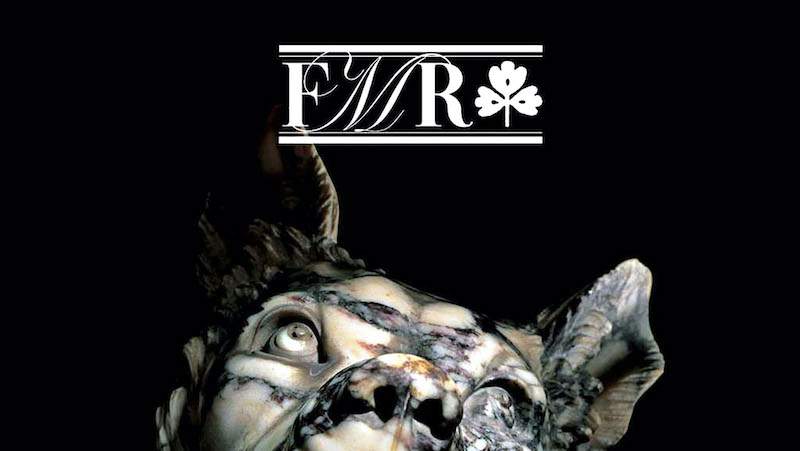The historic art magazine FMR, founded by the late Franco Maria Ricci, the great editor who passed away last Sept. 10, will see the light again. The magazine, which Federico Fellini called “the black pearl of world publishing,” had been founded in 1982 (the name came from Franco Maria Ricci’s initials, but pronounced in French it sounded like éphémère,“ephemeral”). However, Ricci sold the magazine in 2002 to Marilena Ferrari’s Art’è, which continued its publications until 2009, with Flaminio Gualdoni as editor.
Franco Maria Ricci’s dream of seeing the magazine reborn will now come true: “FMR will be reborn, both as a publishing house and as a magazine,” let Ricci’s wife Laura Casalis know. Dating back to Dec. 29, 2020, the signature on the notarial deed that brings the FMR brand back into the family’s possession. Casalis later let it be known that after Ricci’s passing a note was found in which the publisher wrote, “Like the Phoenix bird or like the rose that Paracelsus made to blossom again from its ashes, my magazine, FMR, also rises again: eadem sed non eadem, the same but not the same, as the Latins used to say of the Phoenix. Thirteen years ago it passed into other hands, then into still other hands. I remember that in the last issue edited by me I signed my farewell to readers with a rose with broken petals. Since then I have built a gigantic Labyrinth that is also a place of Wonders; but I feel that, without that rose, something is missing. That is why I attempt to repeat Paracelsus’ strange miracle: the resurrection of a flower, of its scent.”
“Surely,” Casalis let Casalis know, “these were words he was thinking of using to introduce the new FMR.” And now everything is ready for the coveted resurrection: “That dream,” says Laura Casalis again, “is part of the legacy he left me and I feel it as a clause establishing an obligation. FMR will be reborn, both as a publishing house and as a magazine. Before being his wife, I was the student of Ricci, a strict and rigorous teacher; the need to prove that his teaching has not gone to waste is imperative for me. Of course I need help. I want the best. I will be joined in the research by Edoardo Pepino, who now directs the Labirinto della Masone, and a young team that will get to work led by some historical collaborators and friends of the publishing house.”
New books and the zero issue of the new FMR are in the pipeline, Laura Casalis concludes, and probably “also the recovery of some of the most beautiful and famous volumes signed by Franco Maria Ricci, in most cases long gone. This sad winter of pandemic is propitious for dreams and projects. I sense, intermittently, a rustling of new ideas, promising a bountiful flowering. We are now able to participate in the restart with a glorious brand. I am happy about that. Surely Ricci would have been happy about it, too.”
 |
| Historical art magazine FMR, the black pearl of world publishing, is reborn |
Warning: the translation into English of the original Italian article was created using automatic tools. We undertake to review all articles, but we do not guarantee the total absence of inaccuracies in the translation due to the program. You can find the original by clicking on the ITA button. If you find any mistake,please contact us.